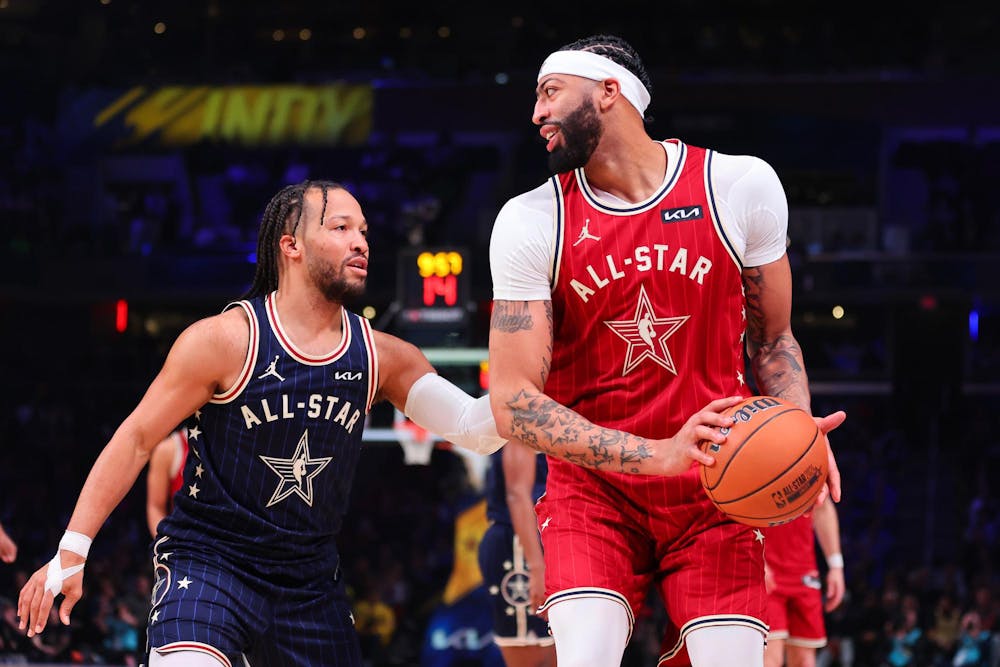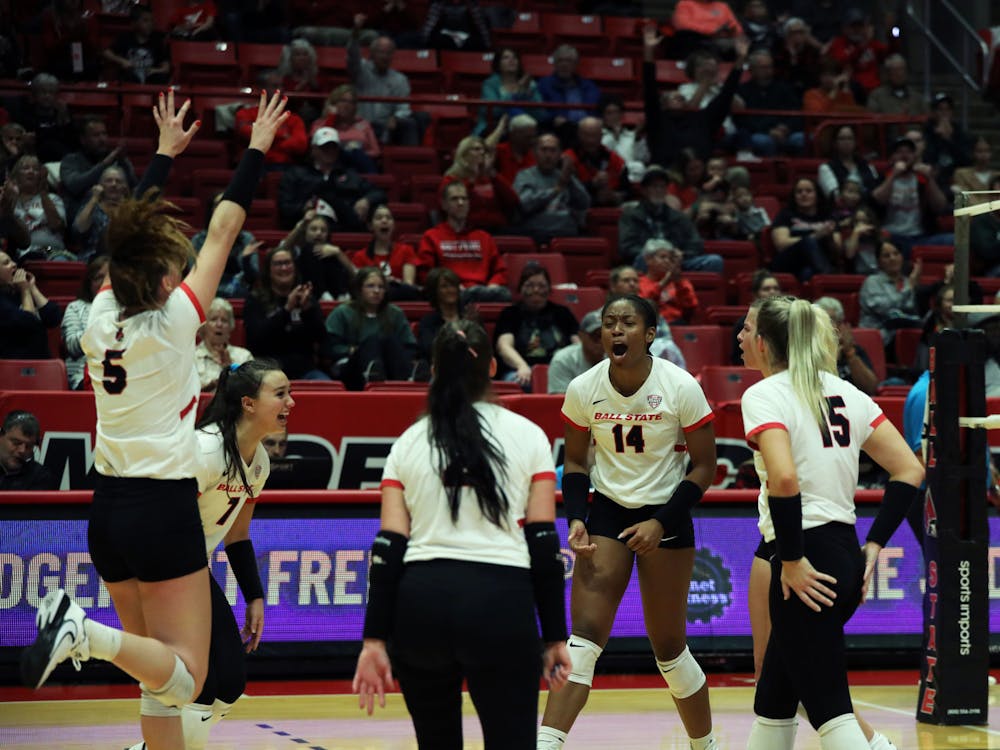Derran Cobb is a third-year journalism major and writes for the Daily News. His views do not necessarily reflect those of the newspaper.
Over the weekend, hundreds of thousands of fans and millions more at home watched as their favorite stars in the National Basketball Association (NBA) dazzled in All-Star events.
Saturday night events, specifically the hometown Pacers winning the skills challenge, the 3-point contest and the Steph vs Sabrina showdown were the highlights of a weekend that showcased the state of Indiana’s undeniable love for basketball, but Sunday night’s game showed a need for change.
The 73rd All-Star game featured the best players on the planet including one of the best teams ever assembled in the Western Conference, but the actual game was subpar. In a return to the old East-West format, the Eastern Conference won handily, 211-186.
Yes, 211-186. 397 total points. The East’s score was the highest of all time. Both teams combined for 42 made 3-pointers, another record. Although it could’ve been considered a special night that spotlights the recent scoring boom of the association, fans had the same reaction that has been expressed for nearly a decade of All-Star games: There is no defense.
The problem isn’t necessarily the defense. That is obviously a part of it, but the root of the problem is the competitiveness or lack thereof. It is clear the players have lost all interest in trying and don’t care about the weekend at all. The game was characterized by the walking up and down the floor, wide open lanes, uncontested three-pointers, and an overall lack of effort.
It’s been this way for nearly half a decade, save for the 2020 contest in Chicago which saw the advent of the target elimination score, also known as the Elam ending, which was invented by Ball State professor Nick Elam. Since then, the games have felt pointless.
The fans pay good money to travel from all over the country (globe?) to see the greatest collection of hoopers and the NBA’s biggest stars matchup against each other, but this is the product displayed.
A common expectation is that the All-Star game is supposed to be the best pick-up basketball game on earth, played like the games conducted in the summer; the NBA Summer League, all the pro-ams and simple yet, high-level pick-up games.
Instead, there is zero defensive effort with players getting open shots at will and getting to the basket uncontested. You have players pulling up from the logo and beyond, as well as a flurry of open dunks without a defender in sight.
I love offense and the modern era of basketball’s offensive evolution has been amazing to witness, but more than anything, I love competition. It’s sad that there has to be an added incentive to encourage professional athletes to compete for their fans, but there are some solutions to help bolster the quality of the game.
Some players want to get paid for their All-Star appearances and some fans think the league should follow suit from the NBA’s In-Season Tournament and offer a monetary bonus to the winning side, but all of the players on the all-star rosters already have max, supermax, or are near max contracts. How much more money do they need?
The most prominent and common solution is that the winning conference should be awarded home-court advantage in the finals as Major League Baseball (MLB) did for over a decade. However, there are faults in this as well. Say the Boston Celtics finish the season with the best overall record in the NBA, but they don’t get home court because players from the Western Conference who aren’t even in the Finals won the All-Star game. On the flip side, this could prove to make All-Stars on contending teams play harder in the game.
If I were in charge, I’d combine a return to the target score format which produced a couple of fun, competitive games in 2020 and 2022 with the Finals home-court advantage.
But, if the players don’t seem to care, it’d be hard to change anything.
Contact Derran Cobb with comments at derran.cobb@bsu.edu or on X @Derran_cobb.





